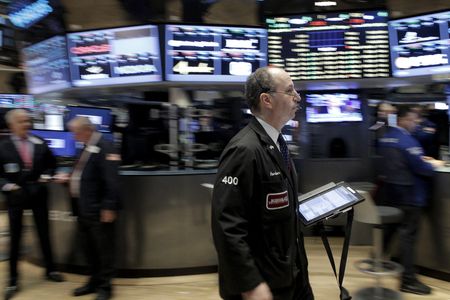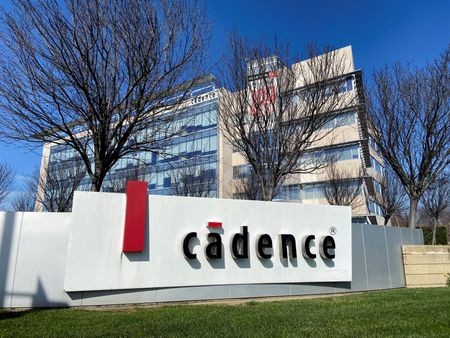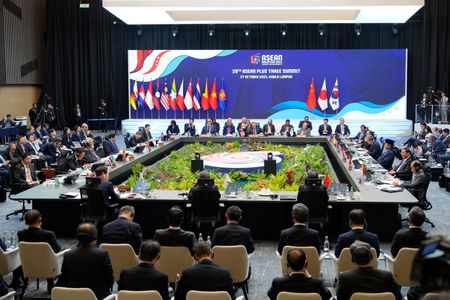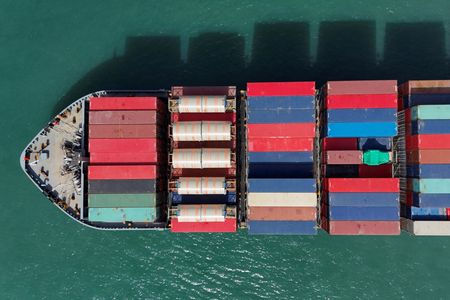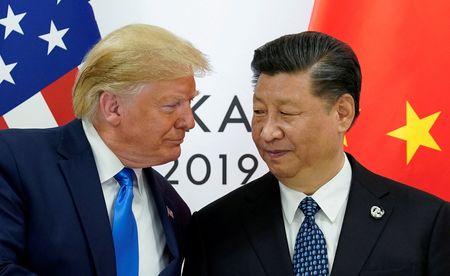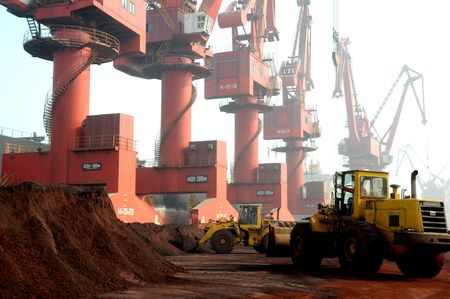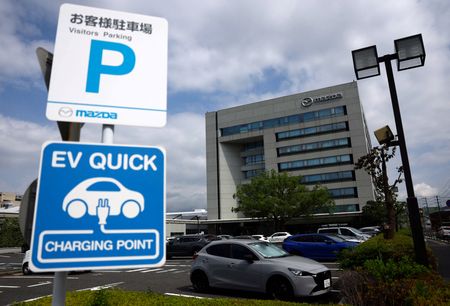By Ashitha Shivaprasad
(Reuters) -A major expansion of aluminium production in Indonesia driven by Chinese companies is expected to push the global market into a surplus next year, which will lower prices of the metal widely used in the transport industry.
Three new Chinese-backed smelters are nearing completion there, including Xinfa–Tsingshan’s Juwan in Weda Bay and Taijing in the Indonesia Morowali Industrial Park, and the Adaro–Lygend Kaltara project in North Kalimantan.
Indonesia exported 325,293 metric tons of aluminium between January and August this year, up 67% from the year-ago period, compared with 10,713 tons in the first eight months of 2023, according to Trade Data Monitor.
“The pace of Indonesian supply growth is going to play a key role in shaping aluminium market balances and prices,” said Ross Strachan, analyst at consultancy CRU.
Primary production of aluminium, also used in construction and packaging, is estimated to exceed 72 million tons this year.
Goldman Sachs projects a global aluminium market surplus of 1.5 million tons in 2026 and 2 million tons in 2027, with Indonesia’s primary production rising from 815,000 tons in 2025 to 1.6 million tons in 2026 and 2.5 million tons in 2027.
“The new supply coming from Indonesia effectively resolves the global supply gap that we previously saw forming as China reaches its smelting capacity cap, at least for this decade,” the bank said in a note earlier this month.
Goldman forecasts aluminium prices falling to $2,350 per metric ton in the fourth quarter of 2026, above the 90th percentile of estimated smelter costs. This means that 90% of aluminium smelters are expected to produce at a cost below that level, so if prices stay above it, most smelters remain profitable.
Three-month aluminium on the London Metal Exchange was trading around $2,873 a metric ton on Monday.
Macquarie expects Indonesia’s primary aluminium production to push the market into a 390,000-ton surplus next year.
However, Macquarie sees a return to deficits longer term as China hits its capacity cap and demand rises.
China’s aluminium output is nearing its mandated cap of 45 million tons, placing a limit on future growth.
(Reporting by Ashitha Shivaprasad; editing by Pratima Desai and Richard Chang)


